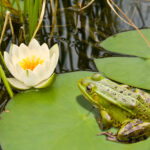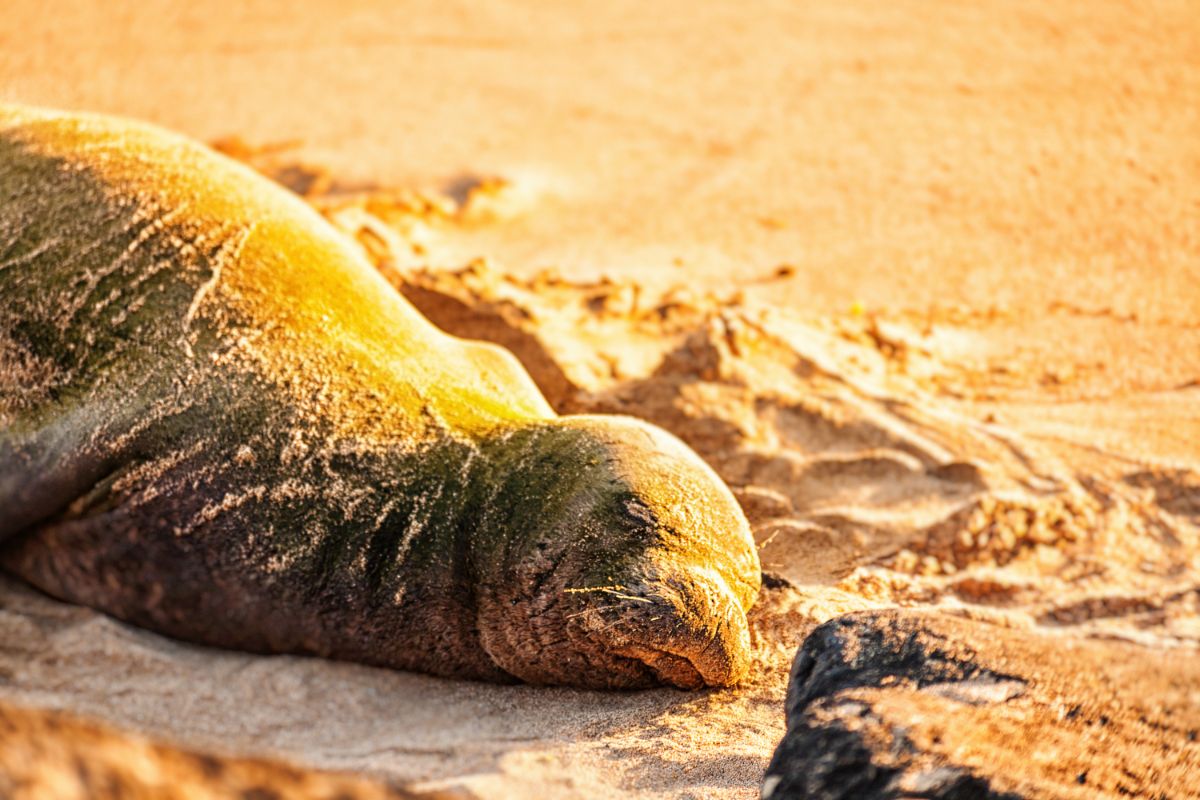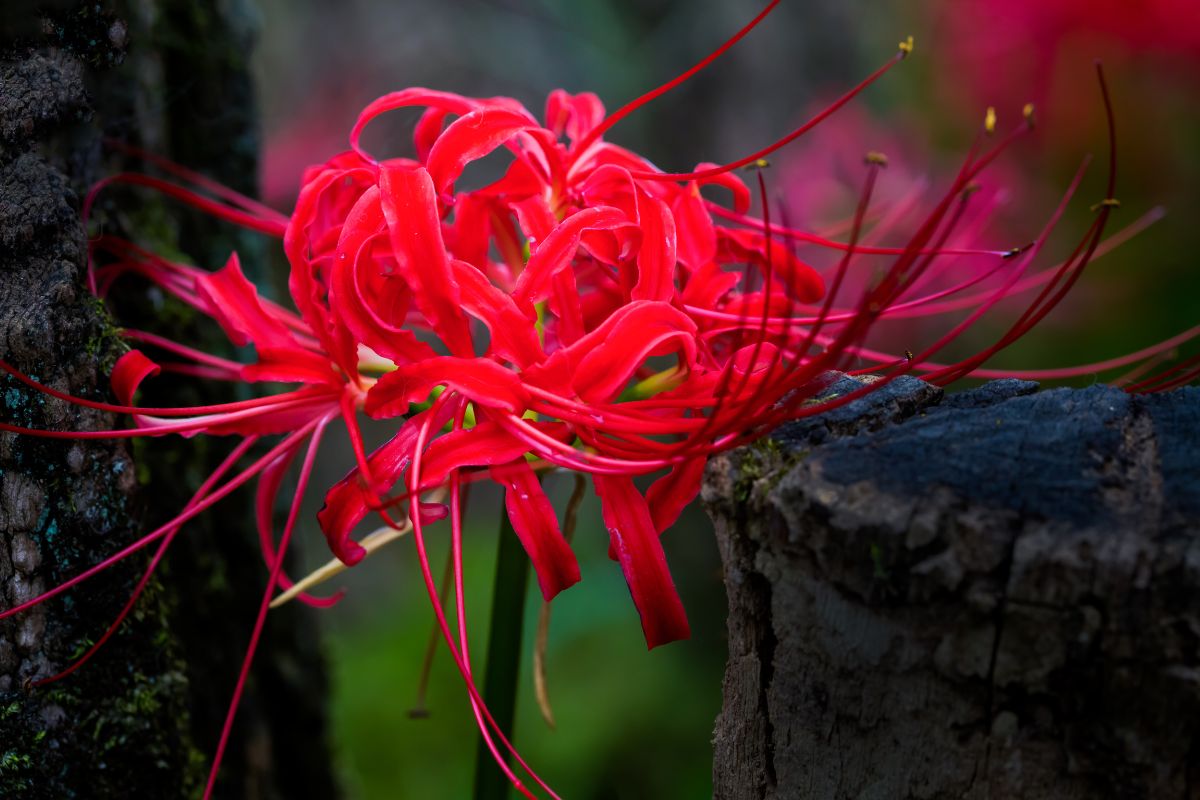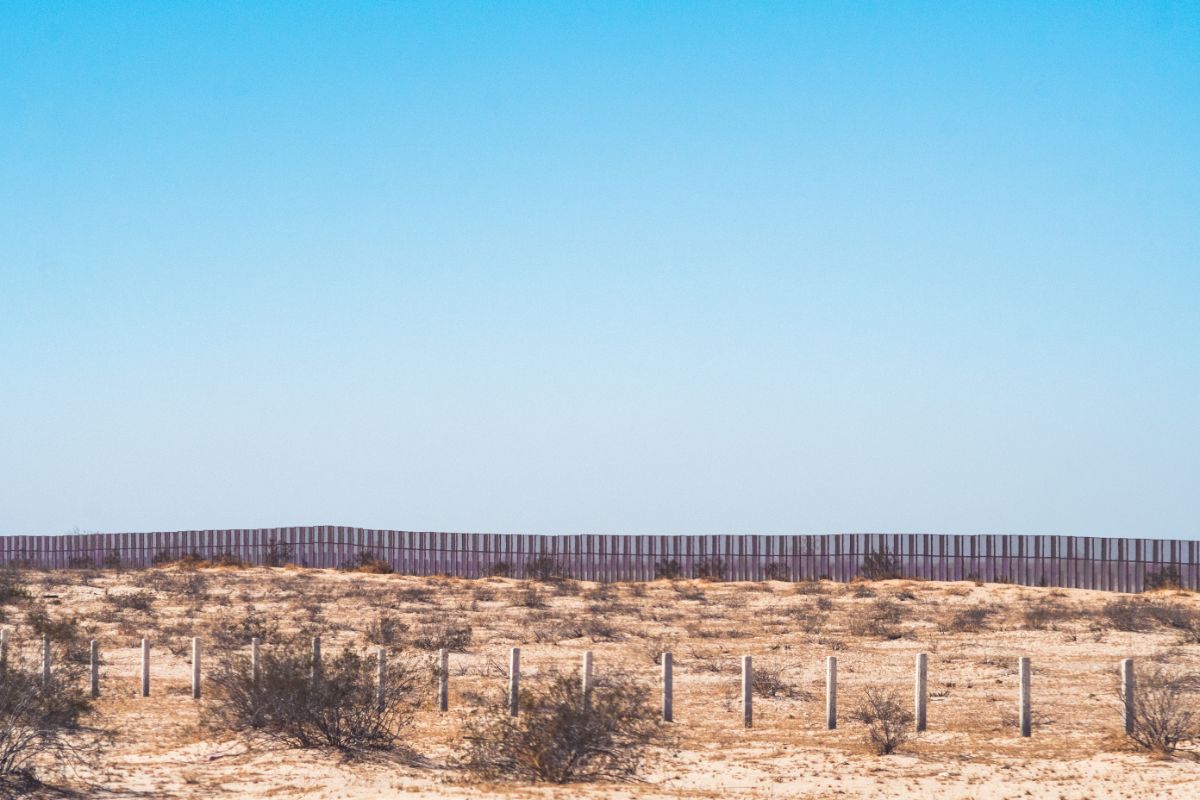
Beavers are some of the coolest creatures out there, aren’t they? Known for their remarkable ability to build dams and transform their surroundings, these rodents are also strict herbivores. If you’ve ever wondered what fuels these industrious animals, you’re in for a treat. In this article, we’ll dive into what beavers eat, how their diet changes with the seasons, and the interesting ways they gather and store food. Read on to learn more.
The Beaver Diet: More Than Just Wood
While it’s a common belief that beavers survive primarily on wood, their diet is much more diverse than that. Beavers eat a variety of plant materials, depending on the time of year. From spring to autumn, they enjoy both woody and soft plants. During the warmer months, they focus on softer vegetation, but in the winter, they rely more on woody plants when other food sources are scarce.
Beavers love snacking on tree bark and the soft layer right under it, called cambium. Their favorite trees include willow, aspen, poplar, and birch. However, they don’t limit themselves to just these. They also eat the bark of cottonwood, maple, oak, alder, black cherry, and even apple trees when available.
Interestingly, while beavers occasionally cut down fir, pine, and other coniferous trees. They generally avoid eating these types of trees, using them instead for dam building. So, when you spot a beaver-gnawed tree, it’s likely that the rodent is more interested in using it for construction than for dinner. To learn more about beaver dams, check our article, Why do beavers build dams?

Soft Vegetation: A Summer Feast
In the summer, beavers shift their focus to softer, more herbaceous plants. They feast on a wide variety of plants, such as water lilies, clover, cattails, watercress, and giant ragweed. These plants are abundant near water sources where beavers make their homes, allowing them to gather food without venturing far from safety. Beavers are also known to enjoy fruits, like apples, when they come across them.
How Beavers Gather Food?
Beavers aren’t just resourceful builders, they’re also pros at gathering and storing food. Beavers start collecting branches and sticks in the fall in preparation for winter. They use their strong front teeth to cut down trees and clip off branches, stashed in the pond near their lodge.
This food stash, or “cache,” ensures they have access to food even when the pond is frozen. The branches are stored underwater, keeping them fresh and accessible throughout winter. A beaver’s food-gathering process is efficient and clever. They can even dig small canals to transport food more quickly to their pond, reducing the distance they travel on land where they are more vulnerable to predators.
Food Storage: A Winter Survival Strategy
During winter, beavers rely heavily on their food cache. They gather enough food in the fall to last them through the cold months when fresh vegetation is scarce. Beavers push sticks and branches into the pond’s muddy bottom, where the cold water refrigerates them. This allows beavers to swim out of their lodge and grab a branch when needed, ensuring they can continue eating even if their pond is frozen solid.
Unique Eating Habits
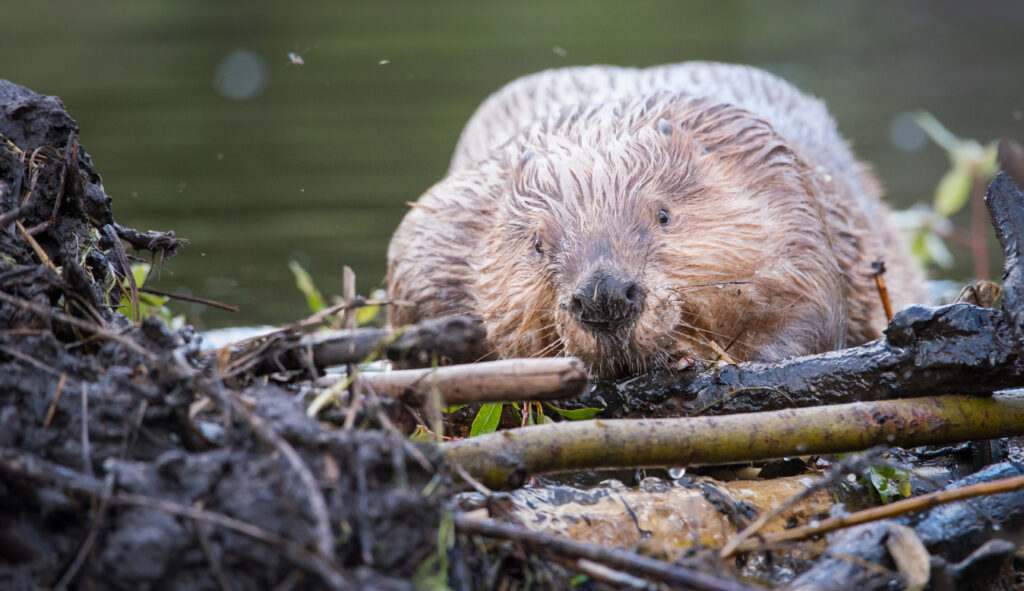
Beavers have some interesting eating habits that make them stand out among rodents. Beavers use their front legs to hold their food, much like humans eating corn on the cob. They rotate the branch or plant as they nibble away at it. This is a behavior you’ll often see if you get a chance to observe beavers in the wild.
Here’s something cool: beavers can digest cellulose, the stuff that makes up plant cell walls! Thanks to special microorganisms in their digestive system, beavers can break down and extract nutrients from woody plants that other animals would find indigestible.
What Do Baby Beavers Eat?
Baby beavers are called beaver kits, and they start by nursing from their mother’s milk. After six weeks, they eat solid food, including bark and leaves. All family members contribute food to the young beavers as they learn to fend for themselves.
Kits stay with their families for about two years before venturing out to establish their own territory and start building their own dams and lodges. During this time, they learn not only how to build but also how to find and store food for survival.
Adapting To Their Environment
Beavers are highly adaptable creatures, and their diet reflects that. If their preferred food sources are scarce, they can adjust and eat what is available. For example, in times when their typical vegetation is limited, beavers may consume juniper, sagebrush, or other plants not typically found in their diet.
This ability to adapt is one reason beavers have thrived in a variety of environments across North America. They are also considered a “keystone species,” meaning their activities, like dam-building and feeding, are crucial in shaping the ecosystems around them.
Final Thoughts:
So, what do beavers eat? The answer is a mix of tree bark, woody plants, soft vegetation, and aquatic plants, depending on the season. Beavers are skilled gatherers and planners, ensuring a steady food supply year-round. Their ability to adapt and thrive in different environments has made them an essential part of many ecosystems.
Ever spotted a beaver lodge by a river? Next time you do, take a moment to appreciate the hard work and brainpower that goes into their everyday survival. From their specialized diet to their impressive food-gathering techniques, beavers truly are nature’s incredible engineers.
- What Do Squirrels Eat? Learn About Their Diet and Winter Survival - October 14, 2024
- What Do Raccoons Eat? Discover Their Diet and Eating Habits - October 6, 2024
- What do foxes eat? - October 5, 2024


